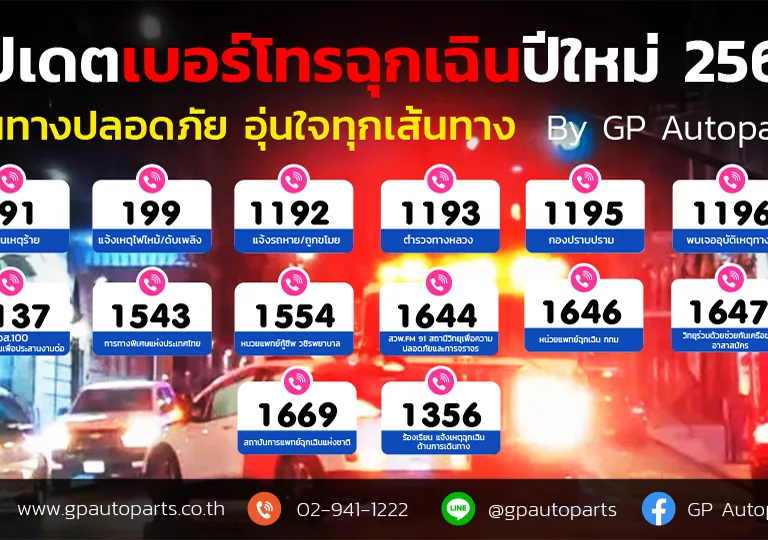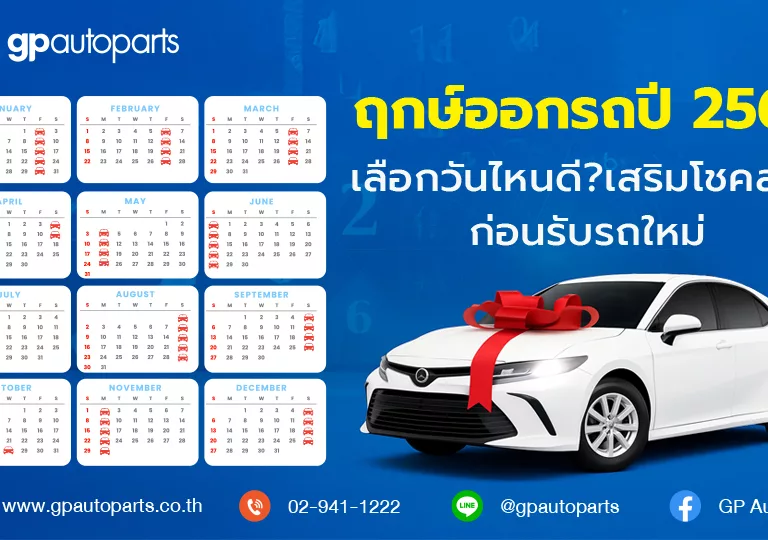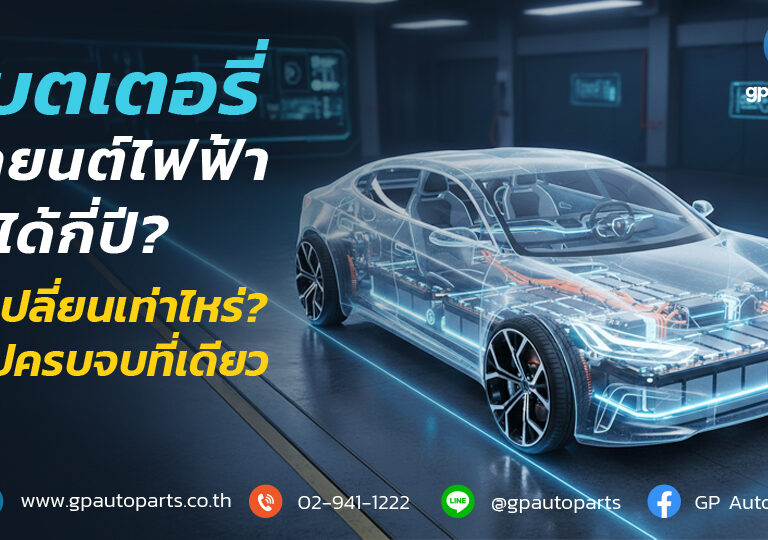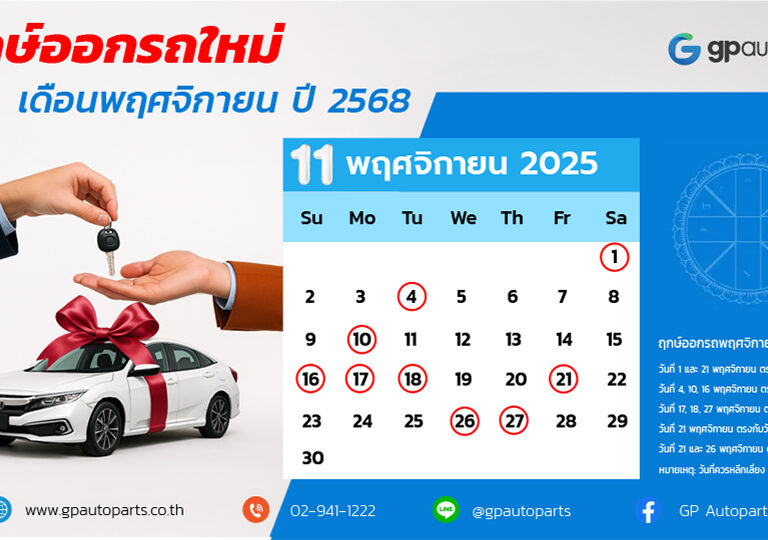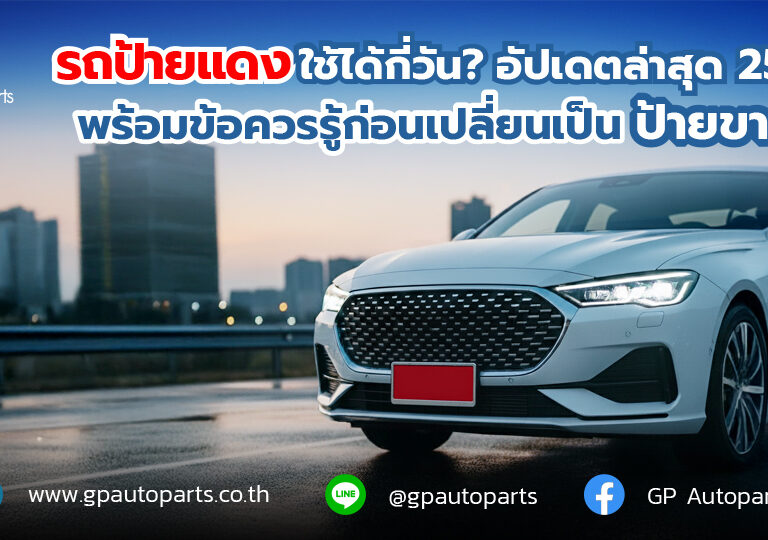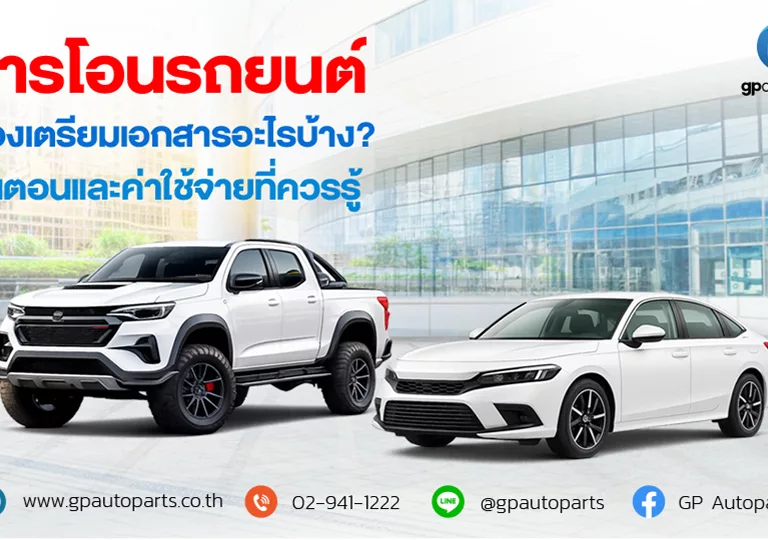
Car Ownership Transfer: Documents, Procedures, and Costs You Should Know
Required Documents, Process, and Fees You Should Know Buying or selling a used car—or transferring a vehicle to a family member—will only be legally complete once the ownership transfer has been officially recorded and the new owner’s name is updated in the vehicle registration book. Many people worry that the process may be complicated, but in fact, if all required documents are prepared correctly, the transfer can usually be completed within half a day at the Department of Land Transport (DLT). Types of Car Ownership Transfer A car ownership transfer is the legal process of changing the registered owner of a vehicle from one person to another. Understanding the transfer methods and preparing the correct documents in advance will help ensure a smooth and efficient process. Currently, there are two main types of car ownership transfer in Thailand: Direct Transfer Floating Transfer 1. Direct Transfer A Direct Transfer occurs when both the seller (transferor) and the buyer (transferee) go together to the Department of Land Transport to complete the ownership transfer on the same day. This method is considered the most secure and transparent. Required Documents for Direct Transfer Vehicle Registration Book (Blue Book) – Original Copy of National ID Card of both transferor and transferee, signed and certified Copy of House Registration of both parties (may be required in some cases) Sales Contract / Receipt / Tax Invoice as proof of sale Application for Transfer and Acceptance Form, fully completed and signed by both parties Power of Attorney Letter (if one party cannot attend in person), with stamp duty affixed and a copy of the authorized person’s ID card 2. Floating Transfer A Floating Transfer is when the seller does not personally attend the transfer process. Instead, the seller signs the necessary documents and grants power of attorney to the buyer, who then completes the transfer at the Department of Land Transport independently. This method is popular because it saves time for the seller. Required Documents for Floating Transfer Vehicle Registration Book (Blue Book) – Original Original Sales Contract Copy of National ID Card of the seller, signed and certified (at least 2 copies) Copy of National ID Card of the buyer Car Ownership Transfer Fees The Department of Land Transport charges the following fees for car ownership transfer: Application fee: 5 THB Ownership transfer fee: 100 THB Stamp duty: 0.5% of the vehicle’s assessed value, or 500 THB per 100,000 THB of assessed value Vehicle inspection fee: Approximately 50 THB (especially for vehicles older than 7 years) Some locations may charge around 200–300 THB New license plate fee: 200 THB (if requesting new plates) New registration book fee: 100 THB (in case of a damaged or replacement book) Steps for Car Ownership Transfer at the Department of Land Transport Car ownership transfer at the DLT requires proper document preparation and adherence to official procedures, whether using a direct or floating transfer method. Step-by-Step Process 1. Prepare All Required Documents Before visiting the DLT, ensure all documents are complete, such as: Vehicle registration book (original) National ID cards of both parties Copies of house registrations Sales contract or receipt Transfer application form (downloaded and filled in advance) Power of attorney letter (if applicable) Additional documents if required (e.g., inheritance documents) 2. Visit the Department of Land Transport Go to the DLT office where the vehicle is registered Inform the staff that you wish to transfer vehicle ownership 3. Submit Documents and Pay Fees Submit documents for verification Pay all applicable fees, including transfer fees, inspection fees, and registration book fees 4. Document and Vehicle Inspection Officials will verify document accuracy Vehicle inspection may be required in some cases Receive receipts and confirmation documents 5. Wait for the New Registration Book Once approved, the DLT will update the ownership details The new registration book is typically issued within 1–2 weeks, depending on the location 6. Verify the Registration Book Check all details carefully once received Keep the registration book and documents in a safe place Additional Tips Double-check all documents before visiting the DLT to avoid delays If using a power of attorney, always attach a signed copy of the grantor’s ID card Prepare sufficient funds in advance and bring cash or a debit/credit card as required by the DLT office Reference:Department of Land Transport (DLT), Thailand

